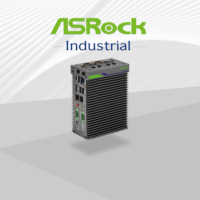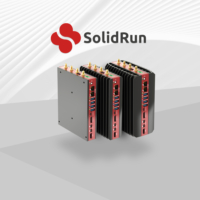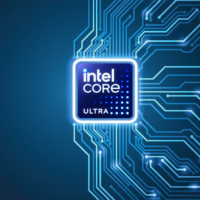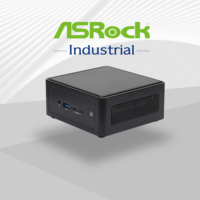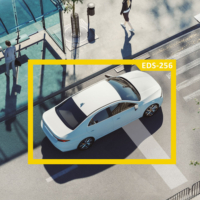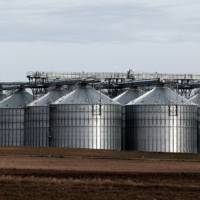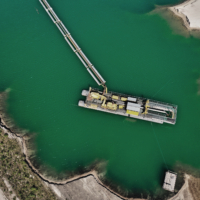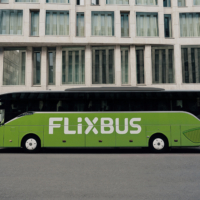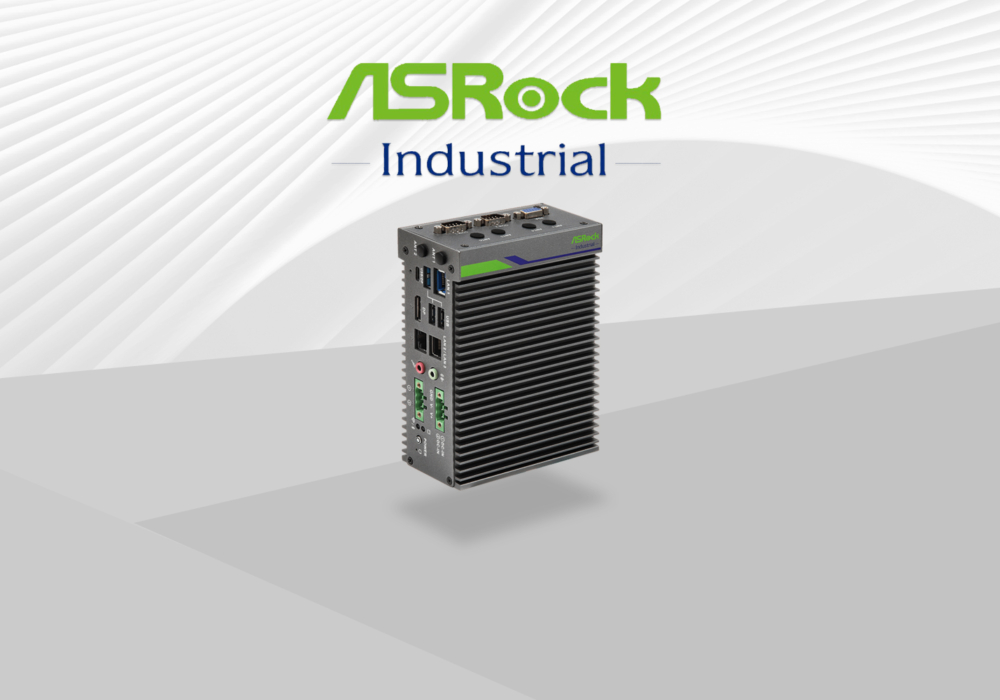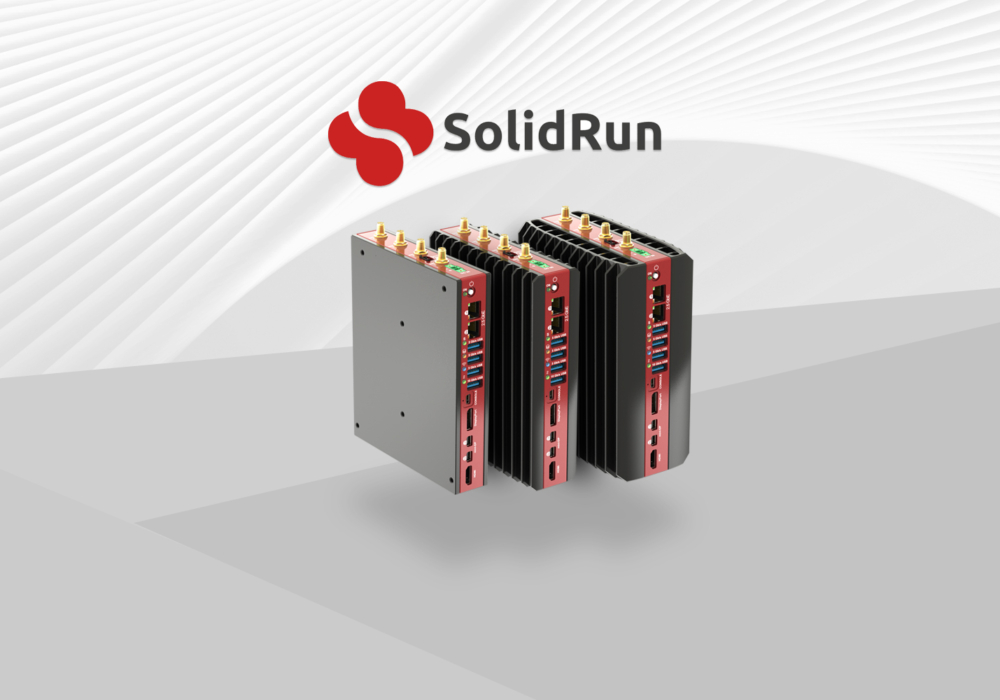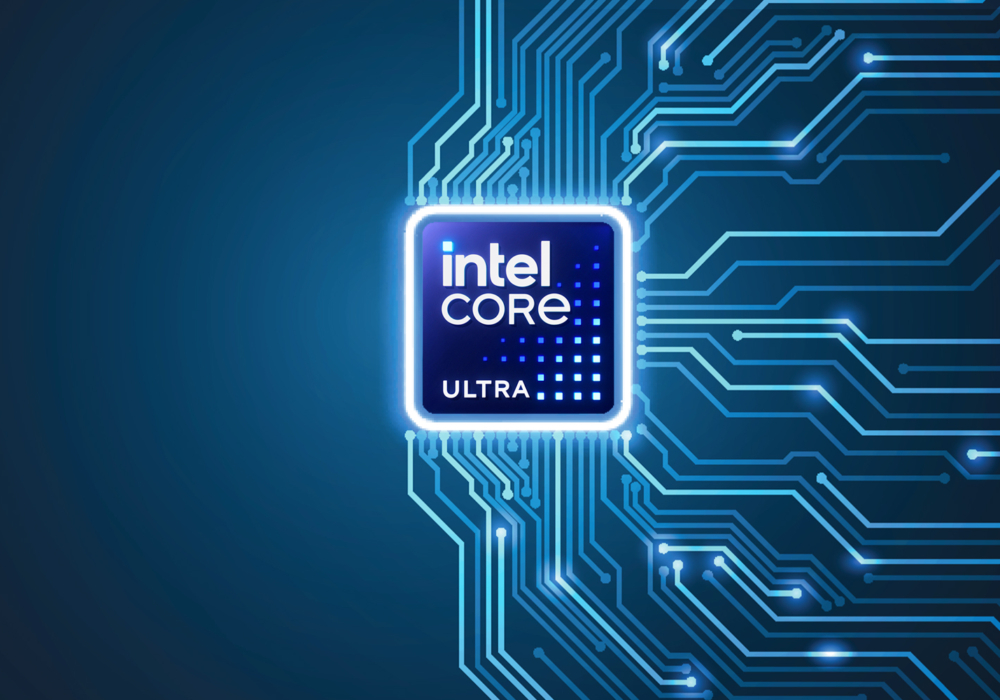
Elon Musk’s visionary status is almost confirmed, Tesla has become a successful working model whilst SpaceX, well, that depends what videos you’ve seen but the intent is clear. Now renamed Hyperloop One Musk himself described the enterprise as “a cross between Concorde, a railgun and an air hockey table” after originally pioneering the idea. The basis of the project is based on a very high speed transit (VHST) originally innovated in 1972 combining a magnetic levitation train with a low pressure transit tube- although many of the original ideas have evolved. Companies are jumping at the chance to be a part of such a technology which proclaims London to Edinburgh or LA to San Francisco in less than 30 minutes!
How does it work?
Well the Hyperloop uses air bearings for pods the similar to the maglev based train in Japan which achieves speeds of 500km/h with electromagnetic levitation. This is the decisive factor that pretty much encases Hyperloop One, it is the complete exemption of friction that allows such high speeds and conceptual ideas to become a reality. Alternatively Hyperloop Transportation Technologies is considering passive magnetic levitation with magnets on the train and on the aluminium track, whereas the maglev technique needs powered tracks with copper coiling which has major cost implications.
The tunnels of which the pods will move through will have a proportion of air removed to lower the pressure and hence less resistance against the pod, improving efficiency and of course speed. Original VHST plans proposed a vacuum though various factors have arisen to oppose the option with stations and other commodities causing a break rendering the system useless.
Hyperloop have therefore decided that intermittent air pumps will be used to lower the air pressure, the Hyperloop’s tunnels are expected to be metal as an overground system further developments such as solar panels along the top of the Hyperloop line could generate enough power for the whole system whilst running underground systems should not be too difficult with very rapid boring technology permitting direct and straight tunnels with precision.

It is not so much being considered a train but more so a competitor to short distance air travel with the Hyperloop One seeing improved speeds compared to trains and cleaner travel in contrast to air travel. High G forces also come into play as a major consideration especially when it comes to turning and so the Hyperloop will have to accommodate accordingly. When considering speeds of 700mph+ acceleration and deceleration have to be accounted for in terms of what passengers could and would sustain.
Though the Hyperloop One has only just completed a very anti-climactic public test run larger 1 mile and 5 mile tracks are going to be built for more extensive testing to be built by SpaceX adjacent to Hawthorne, its California headquarters. The test however was at a short track in Nevada, USA where it reached speeds of 187kph before ploughing into a pile of sand as the test rig had no brakes. The technology however has been opened to various forums for development for some time with Hyperloop Transportation Technologies (HTTP)- a US based group of engineers who have an exclusive license for a new passive form of magnetic levitation. A third company based in Toronto, Transpod is aiming to have a full Hyperloop concept vehicle at the 2016 InnoTrains Rail Show in Berlin.
A planned route between LA and San Francisco is estimated to cost $6 billion for construction for a passenger-only model whilst a model to transport vehicles as well as people is estimated slightly higher at $7.5 billion. Confidence is extremely high with Musk running competitions for pod testing student candidates and a 2016 competition for the eventual pod design and co-founder Shervin Pishevar proclaims that “Hyperloop will be operational somewhere in the world by 2020”- well we certainly hope so!
The excitement is pretty high for what may well be a choice of transport in the not too distant future with governmental and investor support with federal transportation authorities and stat local transportation groups expressing interest around the world. Freight transportations are expected to begin being built in 2017/2018, there is even talk of the Hyperloops potential underwater links, though undoubtedly there’s a long way to go before travelling overground let alone crossing the Atlantic.
About Assured Systems
Assured Systems is a leading technology company offering high quality and innovative applied computing solutions to the embedded, industrial, and digital-out-of-home markets across the world. Headquartered in Stone, England and with offices in North America, our reach is truly global. Our impressive product portfolio includes a full range of Fanless Embedded Computer Systems, Digital Signage & Multimedia Computer Systems, Touchscreen Panel PCs, Human Machine Interfaces, Vehicle Mount Computers, Rackmount Computer Systems, Single Board Computers, Rugged Laptops & Tablets.
